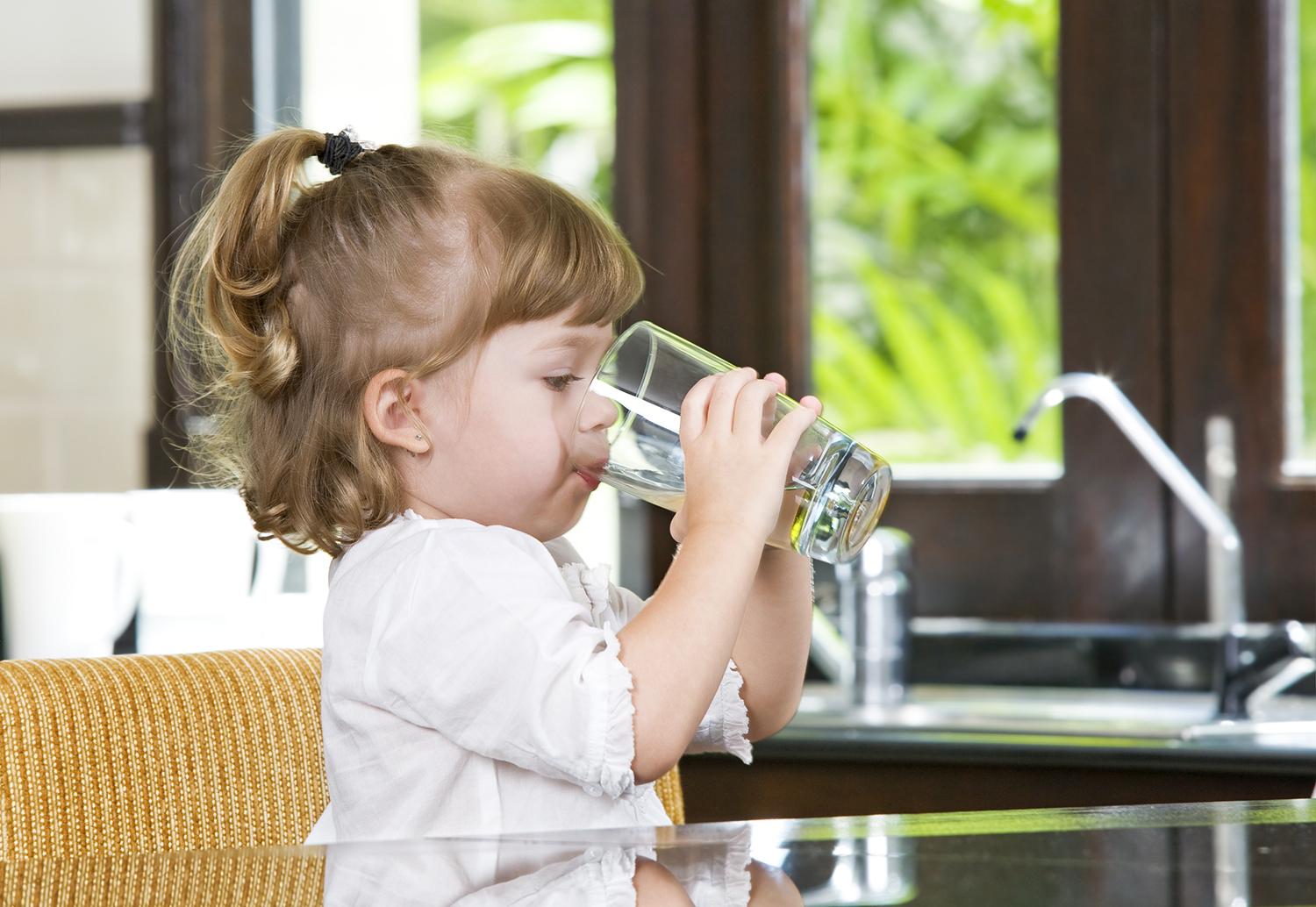Ntau tus neeg tau txais lawv cov dej los ntawm lub hauv paus lossis cov dej hauv nroog; qhov txiaj ntsig nrog cov dej no yog qhov feem ntau, tsoomfwv hauv nroog muaj chaw kho dej hauv qhov chaw kom tau cov dej ntawd mus rau qhov chaw uas nws ua tau raws li cov lus qhia dej haus thiab muaj kev nyab xeeb rau haus.
Qhov tseeb yog tias feem ntau cov tsev nyob deb li ob peb mais ntawm cov chaw kho dej thiab yog li tsoomfwv yuav tsum tau ntxiv cov tshuaj chlorine hauv ntau lub sijhawm los sim thiab xyuas kom cov kab mob tsis tuaj yeem loj hlob hauv dej. Tsis tas li vim cov kav dej ntev ntev thiab qhov tseeb tias ntau cov kav dej qub qub, thaum lub sijhawm cov dej nkag rau hauv koj lub tsev nws tau khaws cov av thiab lwm yam kab mob, qee zaum cov kab mob hauv txoj kev. Qee qhov chaw, vim limestone hauv cov av hauv cov dej nkag hauv thaj chaw, muaj cov calcium thiab magnesium, uas tseem hu ua hardness.
Chlorine
Muaj ob peb qhov zoo thaum kho cov dej ntim loj (rau kev faib mus rau ib lub nroog, piv txwv li) tab sis, kuj tseem tuaj yeem muaj qee qhov tsis zoo rau cov neeg siv kawg. Ib qho kev tsis txaus siab feem ntau yog tshwm sim los ntawm kev ntxiv cov tshuaj chlorine.
Yog vim li cas ntxiv chlorine rau hauv dej yog tua cov kab mob thiab muab cov micro-bacteriologically muaj kev nyab xeeb ntawm cov dej rau cov neeg siv khoom. Chlorine yog pheej yig, kuj yooj yim los tswj thiab yog ib qho tshuaj tua kab mob zoo heev. Hmoov tsis zoo, cov nroj tsuag kho mob feem ntau yog txoj hauv kev ntev los ntawm cov neeg siv khoom, yog li kev siv tshuaj chlorine siab yuav tsum tau sim los xyuas kom meej tias nws tseem siv tau rau txhua txoj hauv kev.
Yog tias koj tau pom 'tshuaj lom' tsis hnov tsw lossis saj hauv dej hauv nroog, lossis tau ntsib qhov muag khaus lossis tawv nqaij qhuav tom qab da dej, tej zaum koj tau siv dej chlorinated. Tsis tas li ntawd, chlorine feem ntau ua rau cov khoom siv organic hauv dej los tsim trihalomethanes, nrog rau lwm yam, uas tsis zoo rau peb kev noj qab haus huv. Hmoov zoo, nrog cov lim dej zoo carbon zoo, tag nrho cov khoom no tuaj yeem raug tshem tawm, ua rau koj haus dej tasting zoo, uas tseem muaj txiaj ntsig zoo rau koj.
Bacteria thiab Sediment
Lawm, koj yuav xav tias nws yog ib qho tseem ceeb heev uas cov kab mob thiab cov av khib nyiab yuav raug tshem tawm ntawm cov dej loj ua ntej nws mus txog koj lub tsev. Txawm li cas los xij, nrog cov kev faib loj loj kuj tuaj yeem muaj teeb meem xws li cov kav dej tawg lossis puas tsuaj. Qhov no txhais tau hais tias nyob rau hauv qhov kev kho thiab kev saib xyuas tau ua tiav cov dej zoo tuaj yeem cuam tshuam nrog cov av thiab cov kab mob tom qab nws tau pom tias ua tau raws li cov qauv dej haus. Yog li, txawm hais tias cov cai tswj dej yuav tau ua qhov zoo tshaj plaws los kho cov dej nrog cov tshuaj chlorine lossis lwm txoj hauv kev, cov kab mob thiab cov av tseem tuaj yeem tuaj txog ntawm qhov chaw siv.
Hardness
Yog tias koj muaj dej tawv, koj yuav pom cov dawb crystallisation tso rau hauv qhov chaw xws li koj lub hwj, koj qhov kev pabcuam dej kub (yog tias koj saib sab hauv) thiab tej zaum txawm nyob ntawm koj lub taub hau da dej lossis qhov kawg ntawm koj tus kais dej.
Lwm yam teeb meem
Los ntawm tsis tau yog cov npe ntawm cov teeb meem saum toj no tag nrho. Muaj lwm yam uas tuaj yeem pom hauv cov dej loj. Qee qhov dej uas los ntawm lub qhov dej muaj qib lossis hlau hauv lawv uas tuaj yeem ua rau muaj teeb meem nrog staining. Fluoride yog lwm qhov sib xyaw ua ke hauv dej uas cuam tshuam rau qee tus neeg thiab txawm tias cov hlau hnyav, mus rau theem qis.
Nco ntsoov tias cov tub ceev xwm dej kuj tseem yuav ua haujlwm rau cov lus qhia dej haus thiab lawv muaj ntau yam qauv sib txawv uas muaj rau rub tawm.
Qhov tseem ceeb tshaj plaws, nco ntsoov lub kaw lus uas tsim nyog rau koj yuav nyob ntawm seb koj xav ua tiav li cas nrog rau koj qhov dej. Txoj hauv kev zoo tshaj plaws rau pem hauv ntej, thaum koj tau txiav txim siab koj xav lim koj cov dej, yog hu xov tooj thiab tham nrog tus kws tshaj lij. Pab neeg Puretal zoo siab los tham txog koj qhov xwm txheej thiab qhov zoo li cas rau koj thiab koj tsev neeg, tsuas yog hu rau peb lossis tshawb xyuas peb lub vev xaib kom paub ntau ntxiv.
Post lub sij hawm: Apr-23-2024


